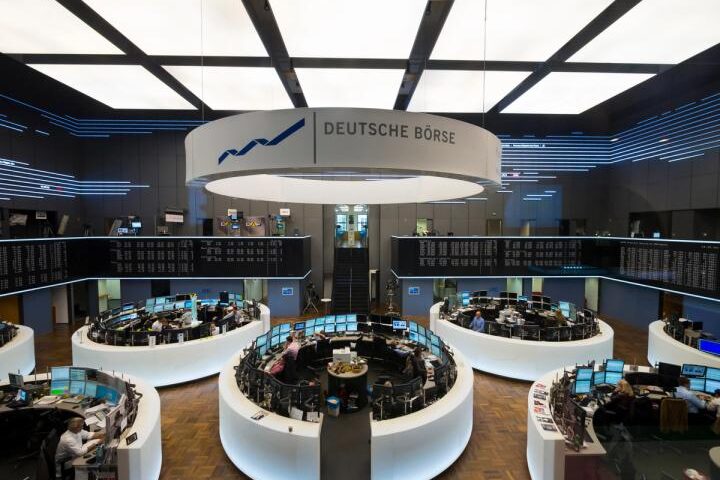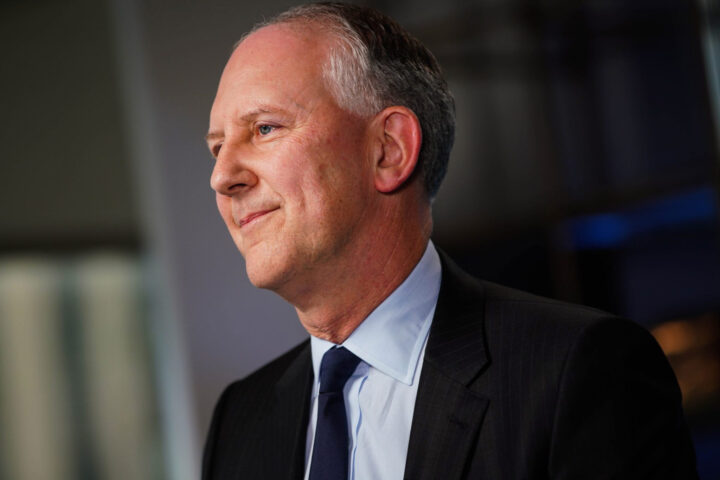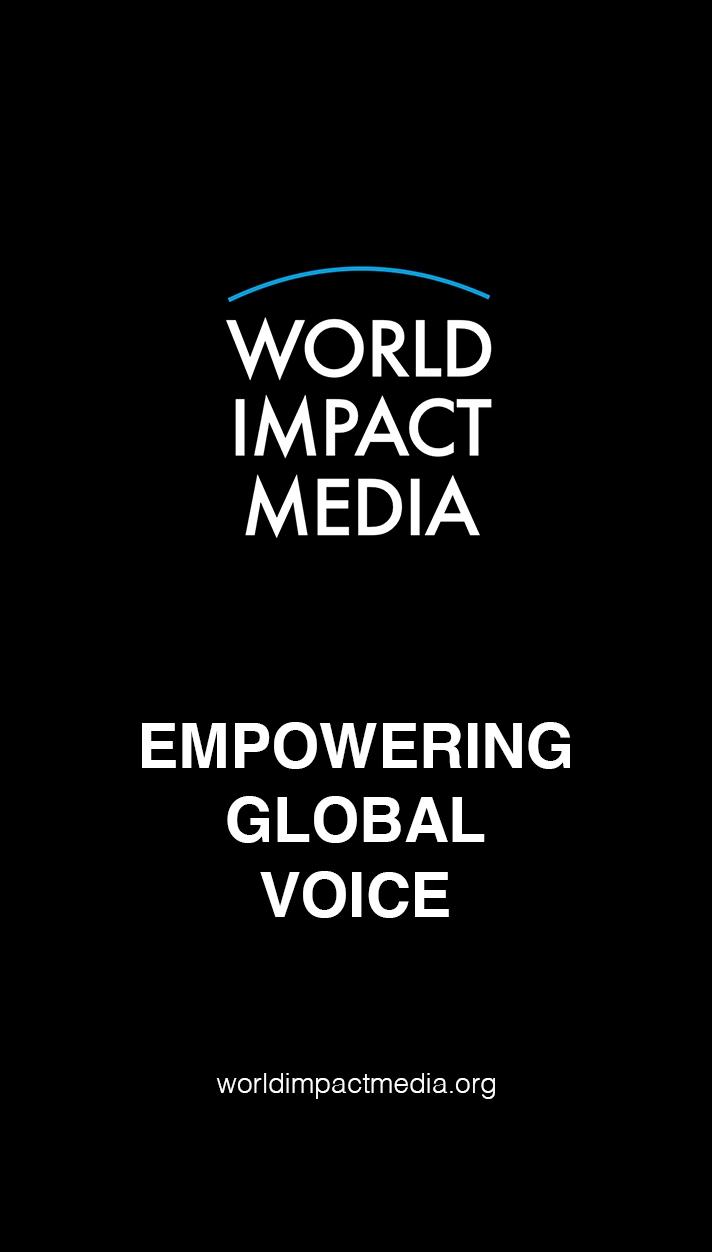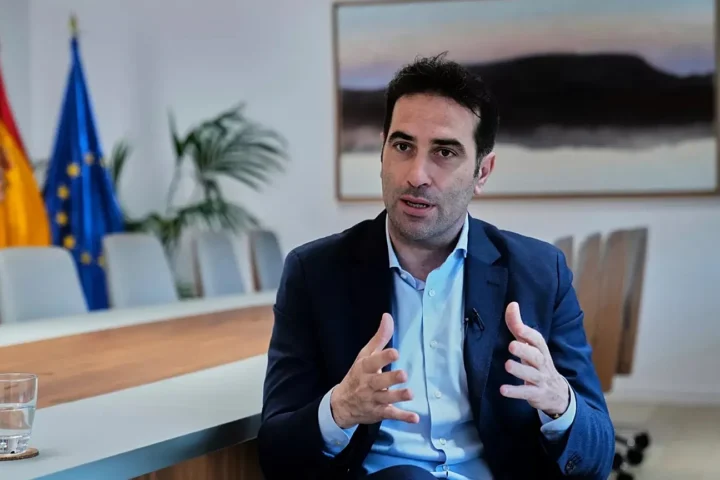For years, Novo Nordisk and Ørsted stood as Denmark’s crown jewels, turning the small Nordic country into a global economic powerhouse. Novo’s meteoric rise on the back of its blockbuster obesity and diabetes drugs, and Ørsted’s pioneering role in offshore wind, made Denmark a model for innovation-driven prosperity. But as 2025 unfolds, the very companies that once seemed untouchable are confronting new headwinds that threaten to cool the boom that enriched Denmark.
Novo Nordisk: From Breakthroughs to Market Pressures
Novo Nordisk became a household name worldwide with the runaway success of its obesity and diabetes drugs, which not only transformed global healthcare but also lifted Denmark’s economy. For a time, Novo’s soaring valuation even made it the most valuable company in Europe.
Yet today, the company faces challenges:
- Rising Competition: Global pharmaceutical rivals, from Eli Lilly to up-and-coming biotech firms, have entered the lucrative obesity drug market.
- Pricing Pressures: Governments and insurers are pushing back on the high costs of treatment, raising questions about long-term margins.
- Pipeline Risks: Investors are now asking whether Novo can replicate its past blockbuster success or whether it has become too reliant on a single category.
While Novo remains a global leader in metabolic health, its path forward will hinge on innovation beyond obesity and diabetes, and its ability to defend market share against aggressive competition.
Ørsted: Offshore Wind Pioneer at a Turning Point
Ørsted, once celebrated as the world’s leading offshore wind developer, spearheaded the global transition to renewable energy. Its success turned Denmark into a symbol of climate leadership.
But in recent years, Ørsted has faced turbulence:
- Cost Overruns: Inflation and supply-chain bottlenecks have made large-scale wind projects more expensive.
- Policy Shifts: Changes in subsidy regimes and political uncertainty in key markets such as the US and UK have hurt profitability.
- Global Competition: Chinese and US energy giants are increasingly dominating the offshore wind sector, squeezing Ørsted’s market position.
Ørsted is now at a crossroads—whether to scale back and focus on core projects, or double down with riskier bets on next-generation renewables like green hydrogen and floating offshore wind.
Denmark’s Economic Stakes
The fortunes of Novo and Ørsted are more than just corporate stories—they are national ones. Together, these two companies account for a disproportionate share of Denmark’s GDP, stock market capitalization, and exports.
- Wealth Creation: Novo’s boom created vast returns for Danish pension funds and retail investors.
- Energy Leadership: Ørsted cemented Denmark’s reputation as a climate champion, attracting global investment in green technology.
- Economic Dependence: With so much of Denmark’s growth tied to two companies, the country risks economic vulnerability if their momentum falters.
Economists warn that while the companies remain strong, Denmark must diversify its growth model to reduce overreliance on two corporate champions.
A Shift From Boom to Balance
The question now is whether Denmark can sustain its prosperity in the face of slowing momentum at Novo and Ørsted. Policymakers and investors see several priorities:
- Diversifying Innovation – Encouraging growth in other sectors such as fintech, biotech startups, and green technology.
- Global Strategy – Supporting Danish firms in expanding into new international markets to hedge against domestic vulnerabilities.
- Policy Support – Ensuring that government policies remain aligned with fostering innovation, sustainability, and competitiveness.
- Talent Development – Investing in research, education, and workforce skills to ensure Denmark remains a magnet for high-value industries.
Conclusion
Denmark’s economic miracle, powered by Novo Nordisk and Ørsted, made the country a global model of small-nation success. Yet in 2025, the glow of their triumphs faces the test of competition, cost pressures, and shifting global markets.
The companies remain formidable players, but their challenges raise a bigger question: Can Denmark sustain its prosperity by relying so heavily on two giants, or is it time for a broader wave of innovation to define the country’s next chapter?





